Para traducir esta página, visite el Google Translate ícono del globo en el menú azul, arriba a la derecha.
To translate this webpage, visit the Google Translate globe icon located on the blue menu bar above on the right.
Step 1: Determine if you qualify for a permit.
CDFW may issue a western Joshua tree hazard management permit (Permit) to a property owner that authorizes either:
- The removal or trimming of a dead western Joshua tree
- The trimming of a living western Joshua tree
A western Joshua tree is considered “dead” if it meets at least one of the following criteria:
- Has not burned and has no green leaves, no new growth on the main stem, and no sprouts at the base
- Has partially or fully burned at least 18 months prior, has no green leaves, no new growth on the main stem, and no sprouts at the base
- Has fallen and is completely detached from its roots or has fallen and its roots are no longer in contact with the soil
A hazard management permit will only be issued if the dead western Joshua tree(s) or any limb(s) to be removed meet one of conditions listed below (see photos for condition examples):
- Has fallen over and is within 30 feet of a structure
NOTE: A structure may include, but is not limited to, a residence, an accessory dwelling unit or addition to an existing residence, garage, carport, swimming pool, patio, greenhouse, storage shed, gazebo, septic tank, sewer connection, solar panels, fence, or gravel or paved driveway.
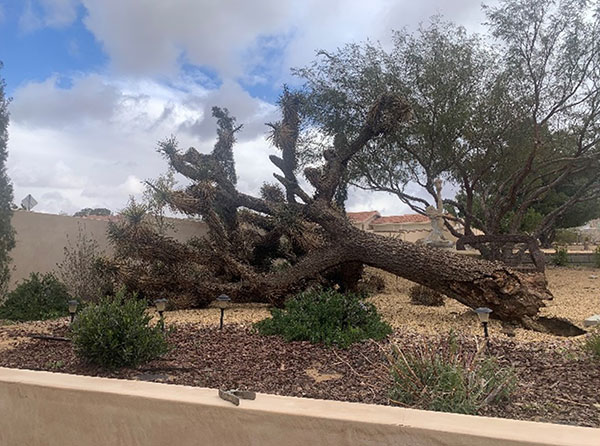 Figure 1. Dead and detached western Joshua Tree within 30 feet of a structure.
Figure 1. Dead and detached western Joshua Tree within 30 feet of a structure.
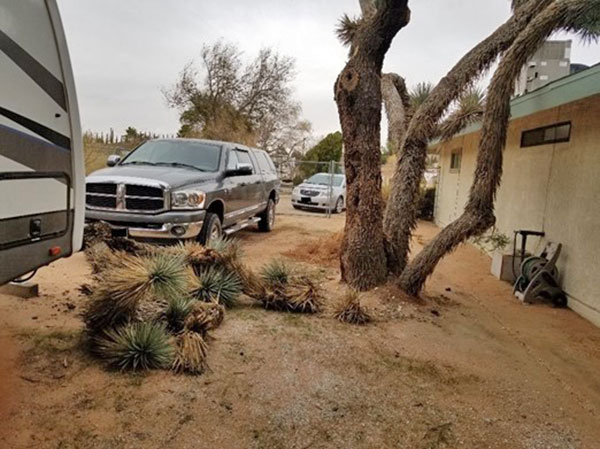 Figure 2. Fallen Western Joshua tree limb within 30 feet of a structure.
Figure 2. Fallen Western Joshua tree limb within 30 feet of a structure.
- Is leaning against an existing structure
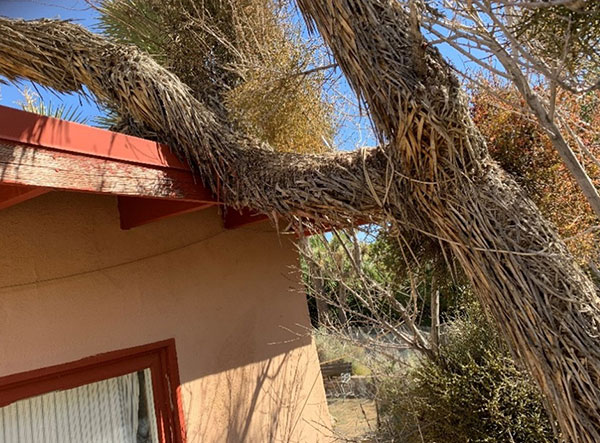 Figure 3. Western Joshua tree leaning against an existing structure.
Figure 3. Western Joshua tree leaning against an existing structure.
- Creates an imminent threat to public health and safety
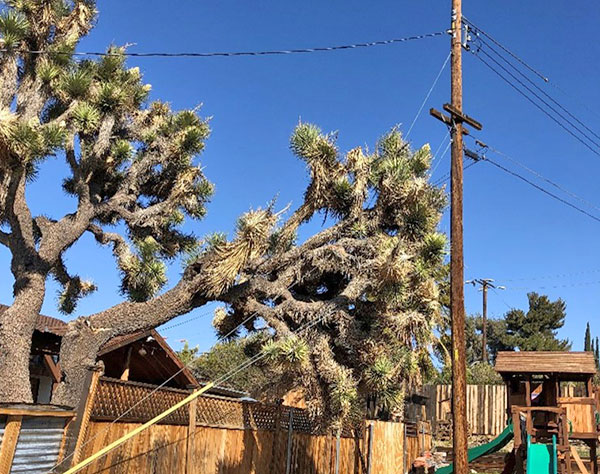 Figure 4. Broken western Joshua tree threatening power infrastructure.
Figure 4. Broken western Joshua tree threatening power infrastructure.
For any questions regarding the hazard management permit program, contact WJTHazardPermit@wildlife.ca.gov. If you would like to remove a healthy western Joshua tree or the conditions to obtain a hazard management permit do not apply to your situation, visit the main WJT page for more information.
Step 2: Complete the application.
Step 3: Fill out contact and location information.
Section 1 of the form requires the contact information for the property owner and the location of the western Joshua tree(s). A hazard management permit must be requested by the property owner.
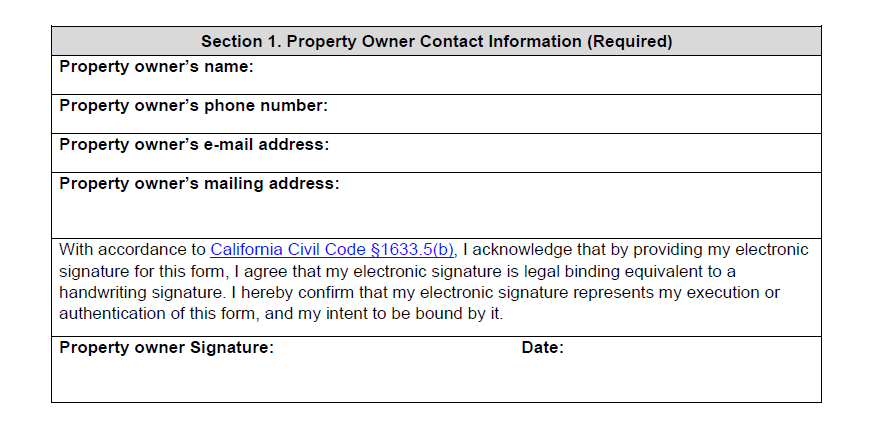
The location of the property must be provided in Section 2. If the property does not have a street address, you can provide the Assessor’s Parcel Number.

Step 4: Describe the condition of each western Joshua tree.
Complete the table in Section 3 noting the condition of each tree you are requesting a permit to remove or trim. Example:

Conditions:
- Has fallen over and is within 30 feet of a structure
- Is leaning against an existing structure
- Creates an imminent threat to public health or safety
Step 5: Take photos.
To complete Section 4, take photos of each western Joshua tree that show the condition of the tree (e.g., dead or alive, detached or not), its location relative to property structure(s), and any other details that may assist CDFW in determining that each tree qualifies for a hazard management permit.
Photographs should be taken from an adequate distance and angle(s), to allow CDFW to determine the condition of the trees and their locations relative to any existing structure(s).
For trimming requests, it will help expedite processing to circle or note which limbs would be trimmed or removed.
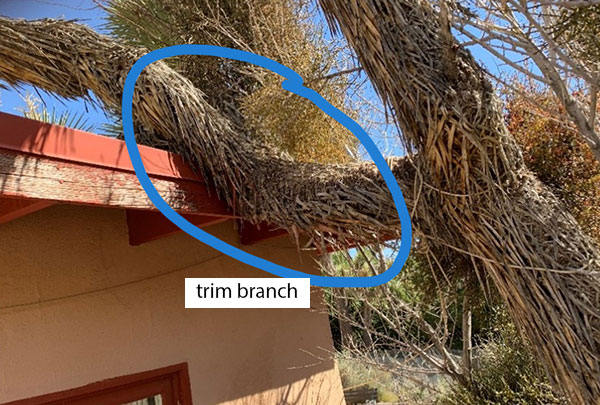 Figure 5. Example of photo labeling.
Figure 5. Example of photo labeling.
Step 6: Provide additional information (if needed).
Section 5 is an optional section to include any additional information that may be relevant to the permit application.
Step 7: Attestation or Certification required for dead western Joshua tree.
When a dead western Joshua tree is proposed for removal or trimming, applications must include either a signed attestation from the property owner or a certification from a desert native plant specialist that the tree meets the definition of a dead western Joshua tree.1
A signed attestation/certification is not required in cases where only trimming of a live western Joshua tree is proposed.
Step 8: Submit application and photos.
Submit your application online through DocuSign, or by email or U.S. mail to:
WJTHazardPermit@wildlife.ca.gov (Preferred)
-OR-
California Department of Fish and Wildlife
Habitat Conservation Planning Branch
Attention: Western Joshua Tree Permitting
P.O. Box 944209
Sacramento, CA 94244-2090
If you have questions or need assistance with your application, contact WJTHazardPermit@wildlife.ca.gov.
Notes